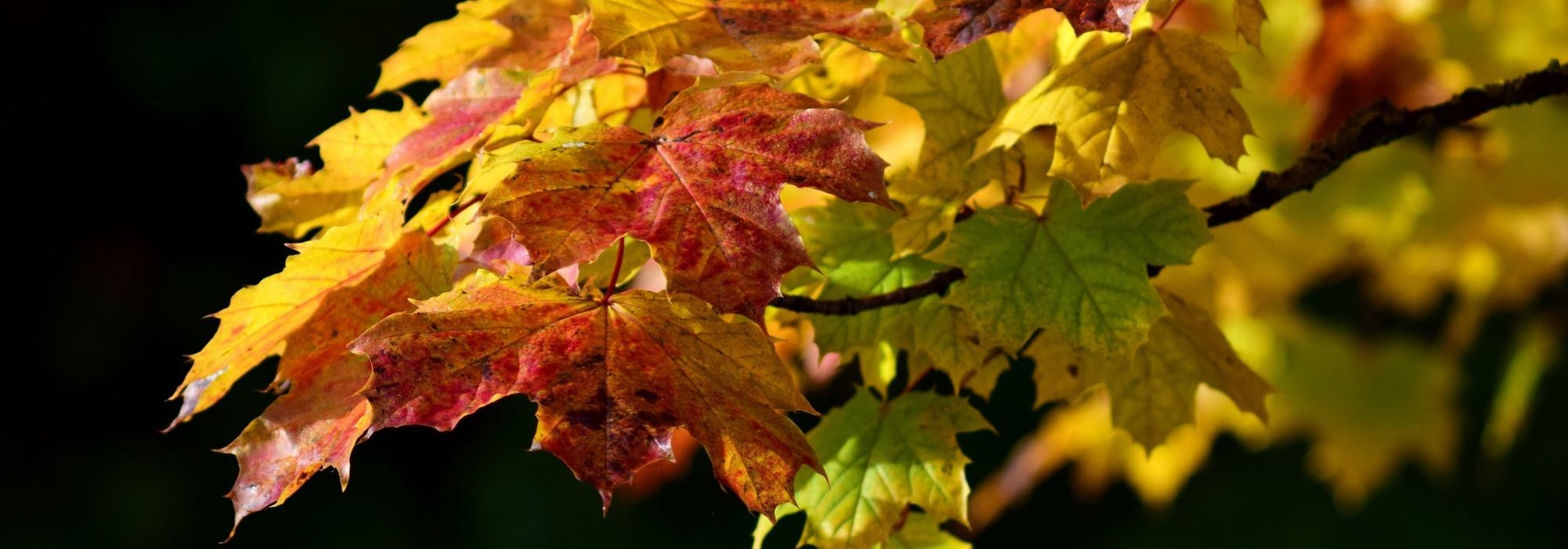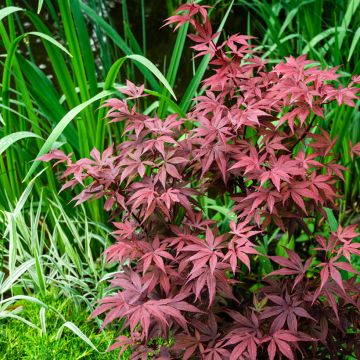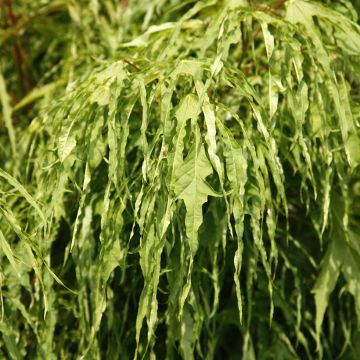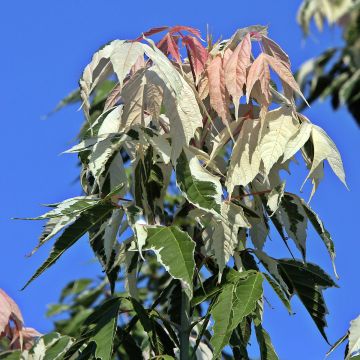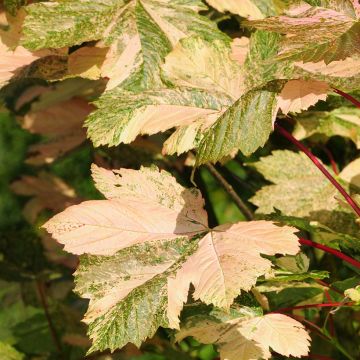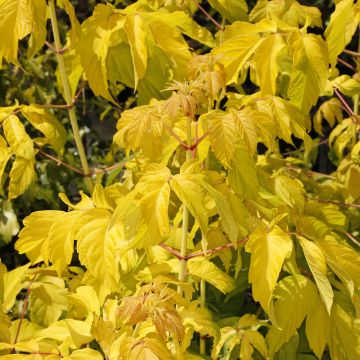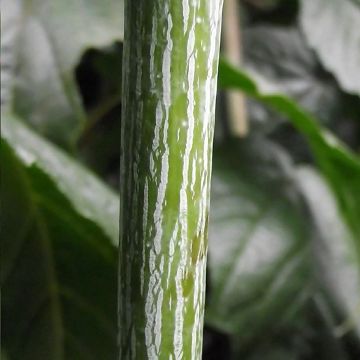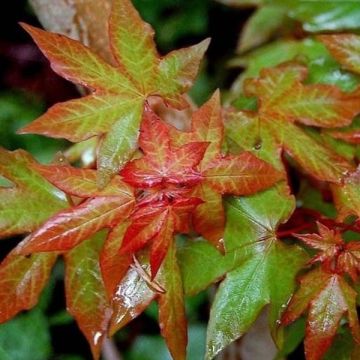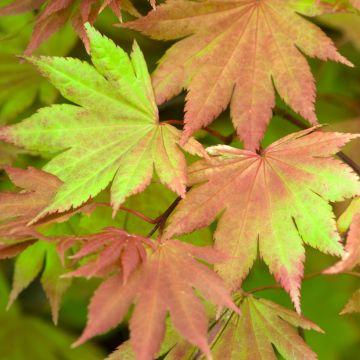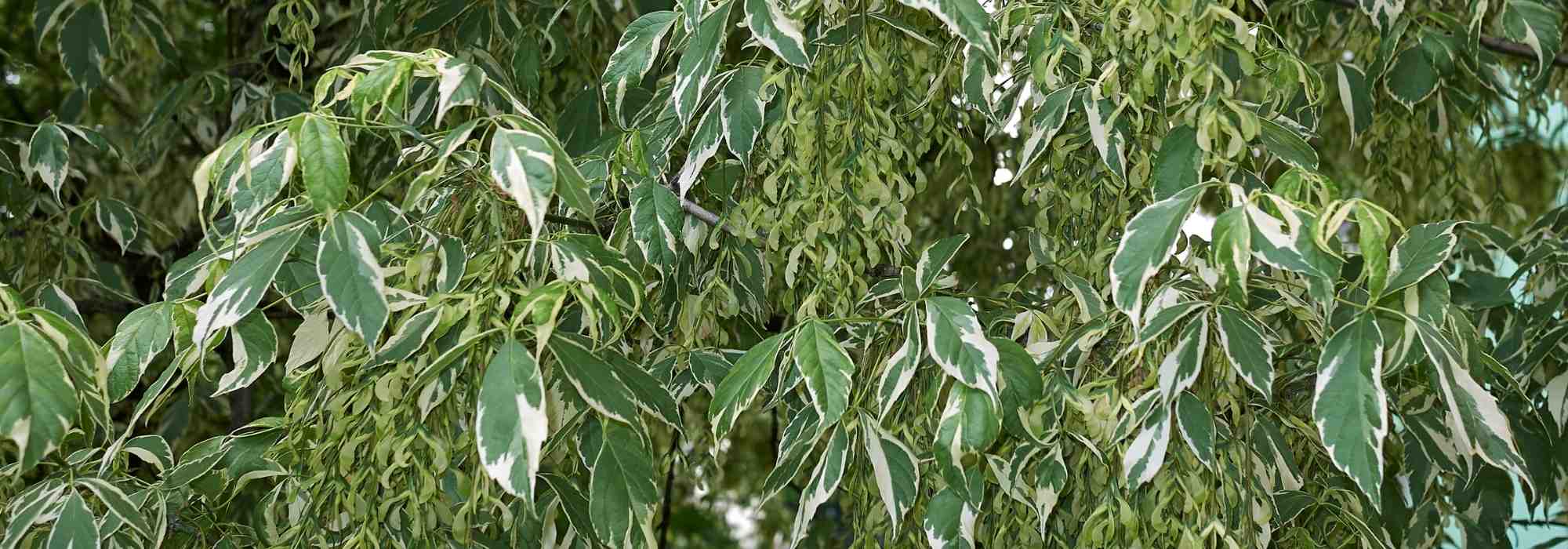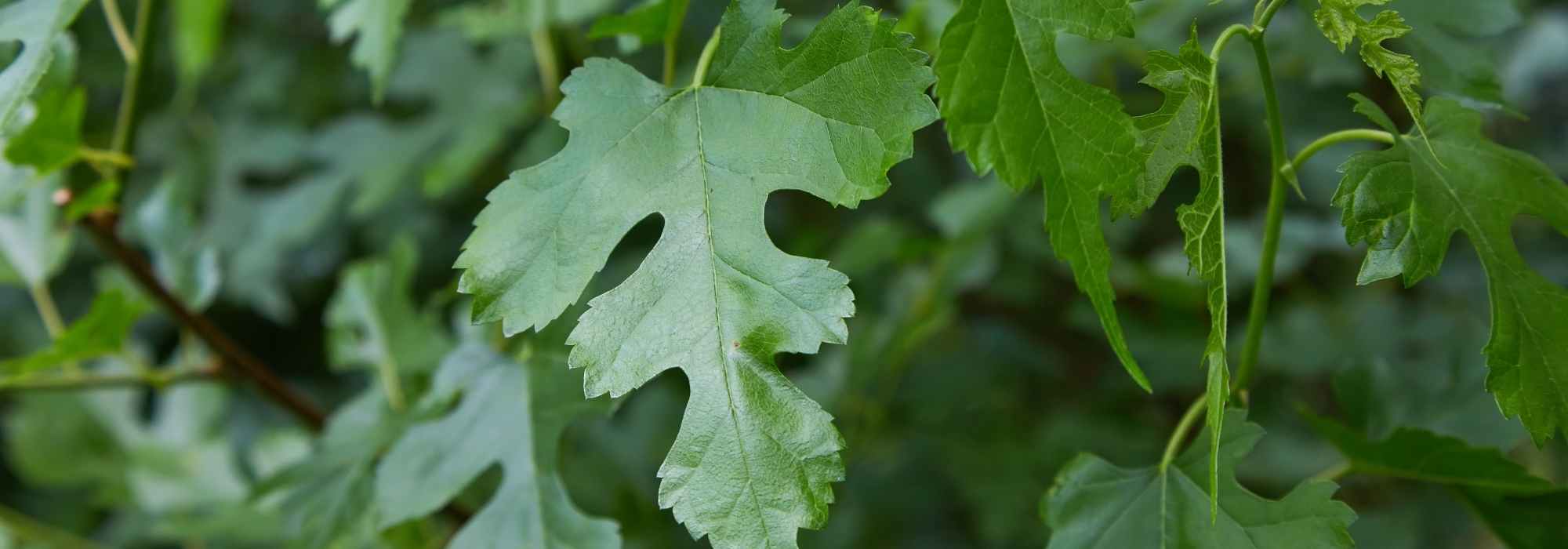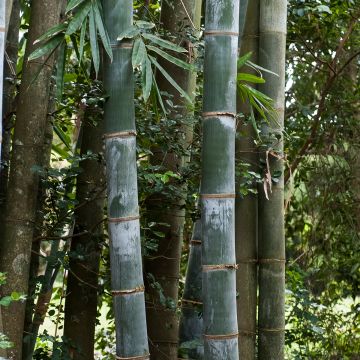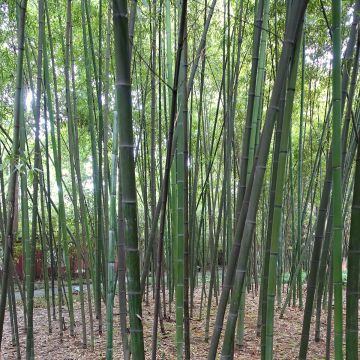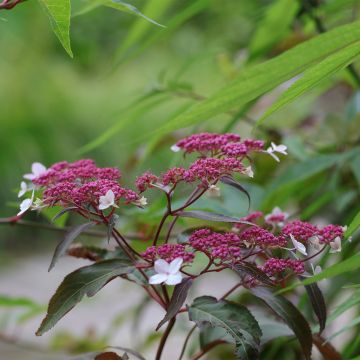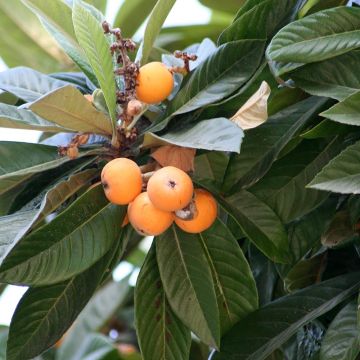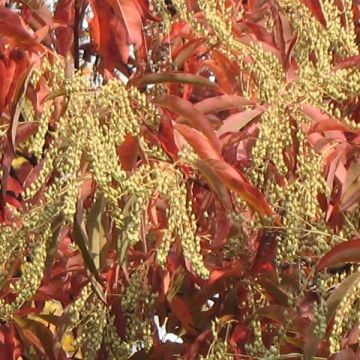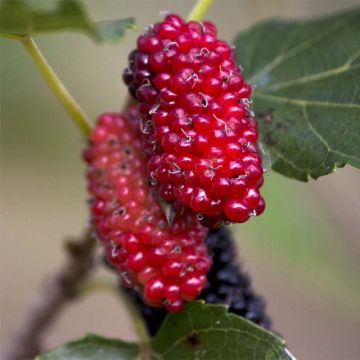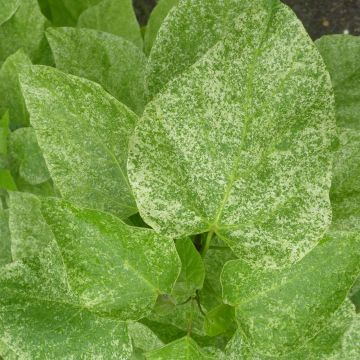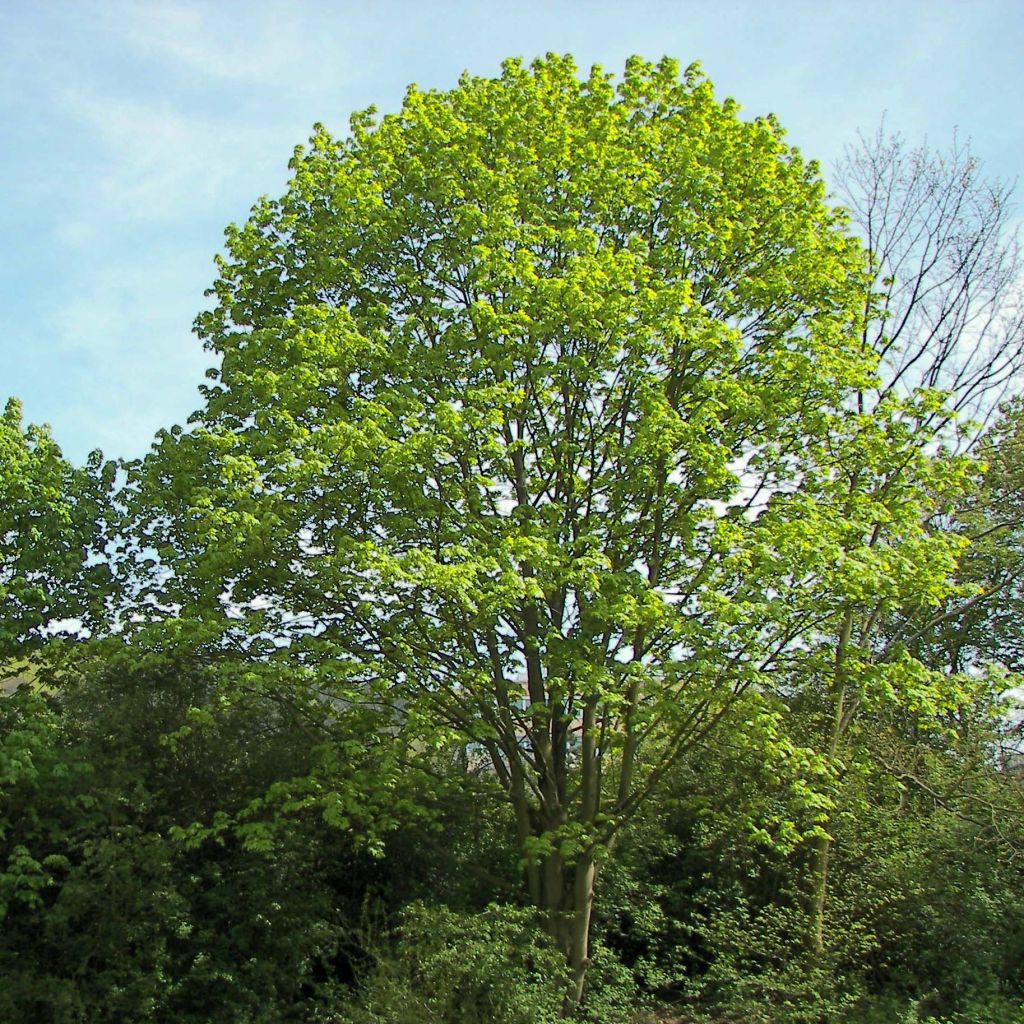

Acer platanoides - Maple
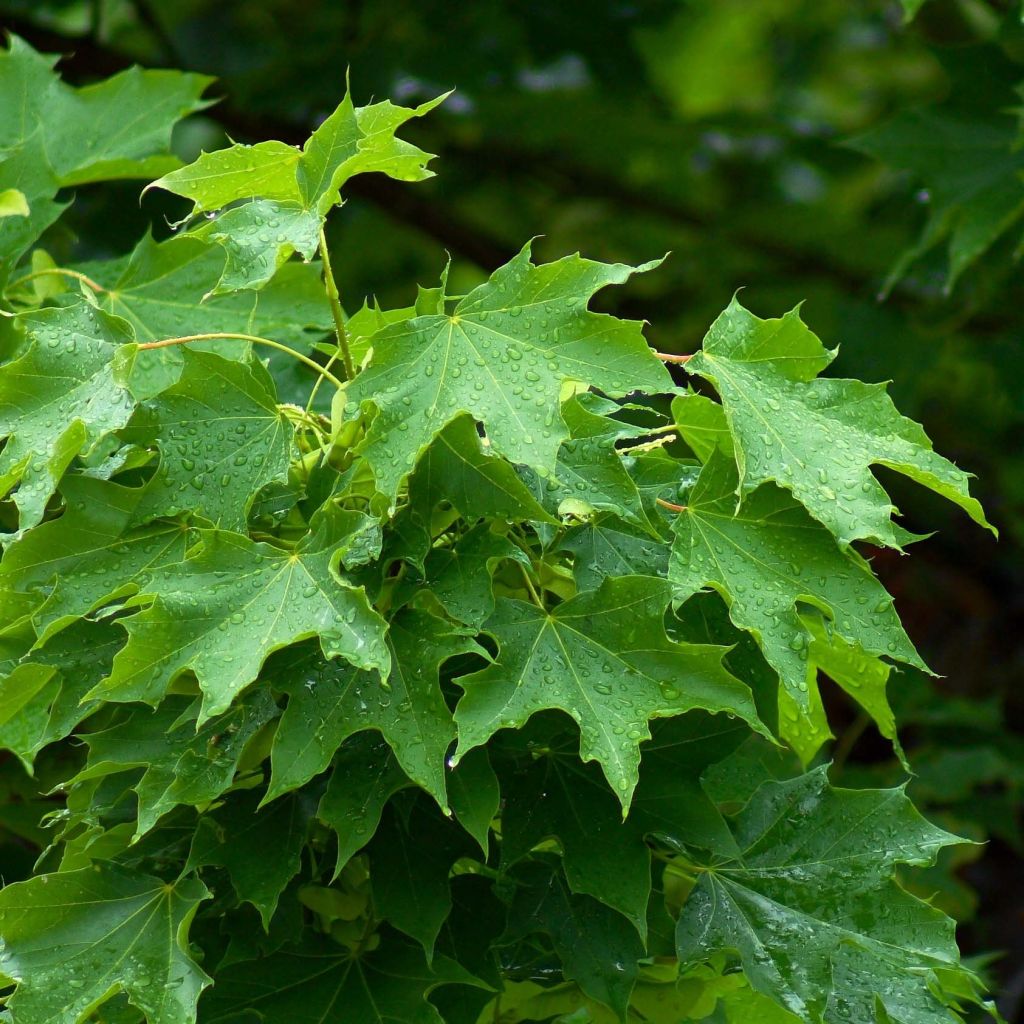

Acer platanoides - Maple
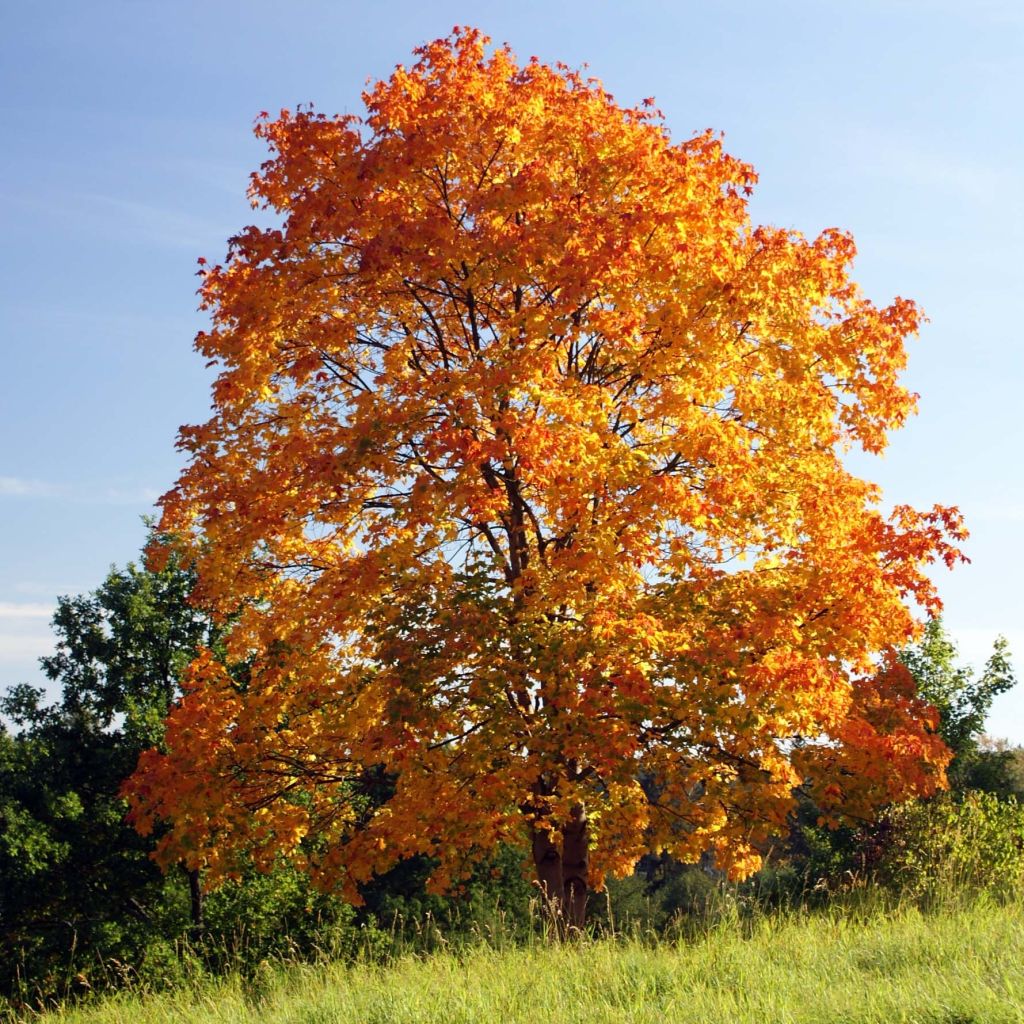

Acer platanoides - Maple
Acer platanoides - Maple
Acer platanoides
Norway Maple, European Maple
They are just waiting to grow back, the buds are here and very green...
John Loque, 27/11/2022
Special offer!
Receive a €20 voucher for any order over €90 (excluding delivery costs, credit notes, and plastic-free options)!
1- Add your favorite plants to your cart.
2- Once you have reached €90, confirm your order (you can even choose the delivery date!).
3- As soon as your order is shipped, you will receive an email containing your voucher code, valid for 3 months (90 days).
Your voucher is unique and can only be used once, for any order with a minimum value of €20, excluding delivery costs.
Can be combined with other current offers, non-divisible and non-refundable.
Home or relay delivery (depending on size and destination)
Schedule delivery date,
and select date in basket
This plant carries a 24 months recovery warranty
More information
We guarantee the quality of our plants for a full growing cycle, and will replace at our expense any plant that fails to recover under normal climatic and planting conditions.
Would this plant suit my garden?
Set up your Plantfit profile →
Description
Acer platanoides, or Norway Maple, is a very common maple species. With a beautiful glossy dark green foliage that turns orange-yellow in autumn, this tall tree with a pyramid-shaped crown is often used as a free-standing specimen or in an avenue. The Norway Maple is undemanding when it comes to the type of soil, as long as it is deep enough to accommodate its powerful root system.
Native to the Caucasus and widespread in Europe from Scandinavia to Spain and as far east as Russia, Acer platinoides is a large, fast-growing deciduous tree often associated with oak, lime and elm in our high-altitude forests. In some countries this light-loving species can be found in low- and mid-mountain regions, where it thrives in the cool air and deep, fertile, moist to damp, chalky soils. It can live up to 200 years. At maturity, this single-trunk tree with a broad pyramidal crown will reach 20 to 30 m (65ft 7in - 98ft 5ft) in height and 15 m (49ft 2in) in spread. Its foliage is deciduous. The leaves are opposite, palmate, 10 to 20 cm (3.9 - 7.9 in) long, with 5 to 7 very pointed, toothed lobes. The buds are reddish-purple. The leaves are opposite, palmate, 10 to 20 cm long, with 5 to 7 very pointed, toothed lobes. The buds are purple-red. The leaves, borne on long stalks, are hairless and shiny in texture. They take on a lovely yellow to coppery hue in autumn. Insignificant flowers, in the form of upright corymbs of tiny yellow-green flowers, bloom before budburst, in March, on 15 to 20 year-old plants. In June, they give way to winged fruits 3 to 5 cm (2 in) long called samaras. The bark of this tree is brown, almost smooth, with numerous shallow longitudinal cracks.
The Acer platanoides is a tree that is easy-to-grow, magnificent as a free-standing specimen, in the middle of a park, for example. It is often used as an avenue tree to border large drives. It can be grouped with its purple-leaved counterpart, the 'Crimson King' Plane Maple, Purple Beech or 'Forest Pansy' Redbud.
Acer platanoides - Maple in pictures
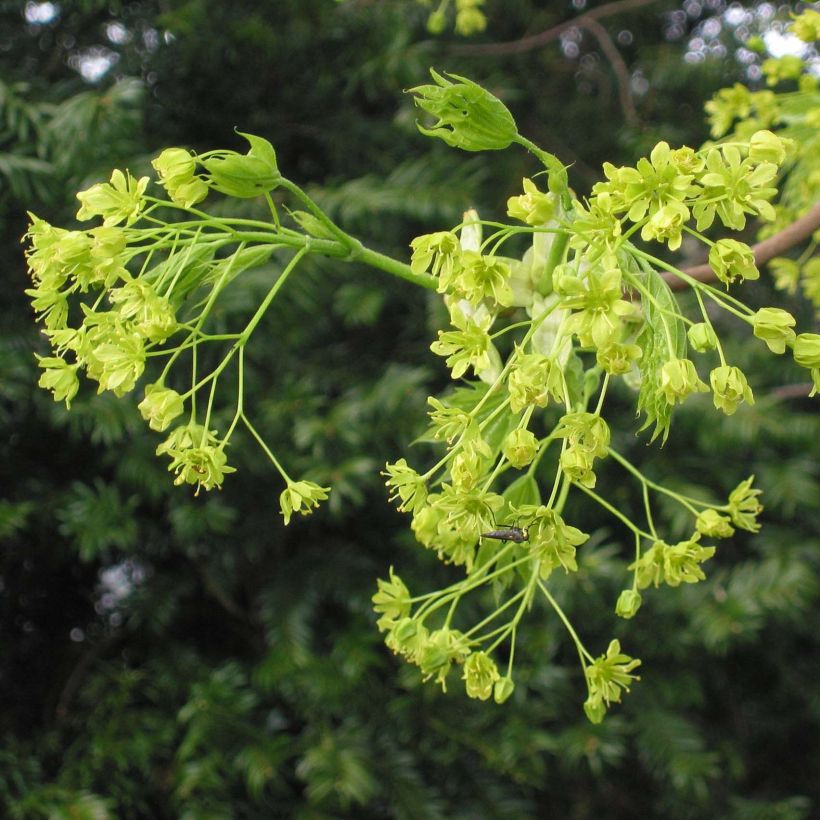

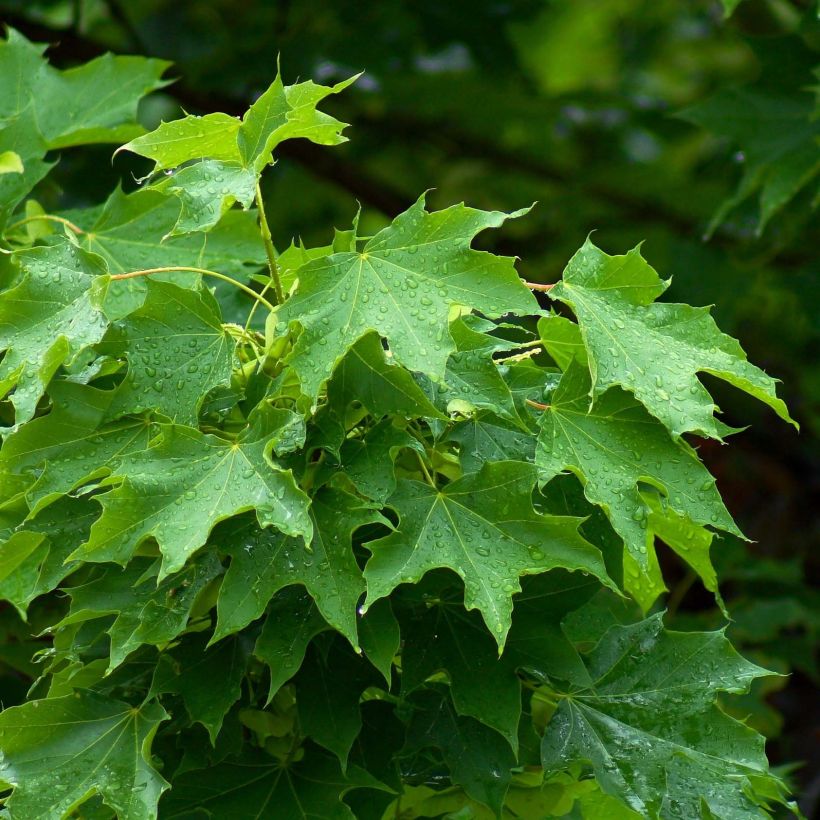

Plant habit
Flowering
Foliage
Botanical data
Acer
platanoides
Aceraceae
Norway Maple, European Maple
Northern Europe
Other Acer - Maple tree
View all →Planting and care
The Acer platanoides should be planted in spring or autumn in any deep, fertile, moist soil in a semi-shaded or sunny position, but not excessively hot. It tolerates some alkalinity, and needs a sufficiently deep soil to support its powerful root system. Beware of strong winds. Keep the soil moist during the first two summers following planting. Mulching can be used to keep the soil moist. Pruning is necessary for young plants, and then every 3 years to balance the branches and maintain a harmonious shape. Do not prune after December as the sap rises very early.
Planting period
Intended location
Care
Planting & care advice
-
, onOrder confirmed
Reply from on Promesse de fleurs
Similar products
Haven't found what you were looking for?
Hardiness is the lowest winter temperature a plant can endure without suffering serious damage or even dying. However, hardiness is affected by location (a sheltered area, such as a patio), protection (winter cover) and soil type (hardiness is improved by well-drained soil).

Photo Sharing Terms & Conditions
In order to encourage gardeners to interact and share their experiences, Promesse de fleurs offers various media enabling content to be uploaded onto its Site - in particular via the ‘Photo sharing’ module.
The User agrees to refrain from:
- Posting any content that is illegal, prejudicial, insulting, racist, inciteful to hatred, revisionist, contrary to public decency, that infringes on privacy or on the privacy rights of third parties, in particular the publicity rights of persons and goods, intellectual property rights, or the right to privacy.
- Submitting content on behalf of a third party;
- Impersonate the identity of a third party and/or publish any personal information about a third party;
In general, the User undertakes to refrain from any unethical behaviour.
All Content (in particular text, comments, files, images, photos, videos, creative works, etc.), which may be subject to property or intellectual property rights, image or other private rights, shall remain the property of the User, subject to the limited rights granted by the terms of the licence granted by Promesse de fleurs as stated below. Users are at liberty to publish or not to publish such Content on the Site, notably via the ‘Photo Sharing’ facility, and accept that this Content shall be made public and freely accessible, notably on the Internet.
Users further acknowledge, undertake to have ,and guarantee that they hold all necessary rights and permissions to publish such material on the Site, in particular with regard to the legislation in force pertaining to any privacy, property, intellectual property, image, or contractual rights, or rights of any other nature. By publishing such Content on the Site, Users acknowledge accepting full liability as publishers of the Content within the meaning of the law, and grant Promesse de fleurs, free of charge, an inclusive, worldwide licence for the said Content for the entire duration of its publication, including all reproduction, representation, up/downloading, displaying, performing, transmission, and storage rights.
Users also grant permission for their name to be linked to the Content and accept that this link may not always be made available.
By engaging in posting material, Users consent to their Content becoming automatically accessible on the Internet, in particular on other sites and/or blogs and/or web pages of the Promesse de fleurs site, including in particular social pages and the Promesse de fleurs catalogue.
Users may secure the removal of entrusted content free of charge by issuing a simple request via our contact form.
The flowering period indicated on our website applies to countries and regions located in USDA zone 8 (France, the United Kingdom, Ireland, the Netherlands, etc.)
It will vary according to where you live:
- In zones 9 to 10 (Italy, Spain, Greece, etc.), flowering will occur about 2 to 4 weeks earlier.
- In zones 6 to 7 (Germany, Poland, Slovenia, and lower mountainous regions), flowering will be delayed by 2 to 3 weeks.
- In zone 5 (Central Europe, Scandinavia), blooming will be delayed by 3 to 5 weeks.
In temperate climates, pruning of spring-flowering shrubs (forsythia, spireas, etc.) should be done just after flowering.
Pruning of summer-flowering shrubs (Indian Lilac, Perovskia, etc.) can be done in winter or spring.
In cold regions as well as with frost-sensitive plants, avoid pruning too early when severe frosts may still occur.
The planting period indicated on our website applies to countries and regions located in USDA zone 8 (France, United Kingdom, Ireland, Netherlands).
It will vary according to where you live:
- In Mediterranean zones (Marseille, Madrid, Milan, etc.), autumn and winter are the best planting periods.
- In continental zones (Strasbourg, Munich, Vienna, etc.), delay planting by 2 to 3 weeks in spring and bring it forward by 2 to 4 weeks in autumn.
- In mountainous regions (the Alps, Pyrenees, Carpathians, etc.), it is best to plant in late spring (May-June) or late summer (August-September).
The harvesting period indicated on our website applies to countries and regions in USDA zone 8 (France, England, Ireland, the Netherlands).
In colder areas (Scandinavia, Poland, Austria...) fruit and vegetable harvests are likely to be delayed by 3-4 weeks.
In warmer areas (Italy, Spain, Greece, etc.), harvesting will probably take place earlier, depending on weather conditions.
The sowing periods indicated on our website apply to countries and regions within USDA Zone 8 (France, UK, Ireland, Netherlands).
In colder areas (Scandinavia, Poland, Austria...), delay any outdoor sowing by 3-4 weeks, or sow under glass.
In warmer climes (Italy, Spain, Greece, etc.), bring outdoor sowing forward by a few weeks.






























